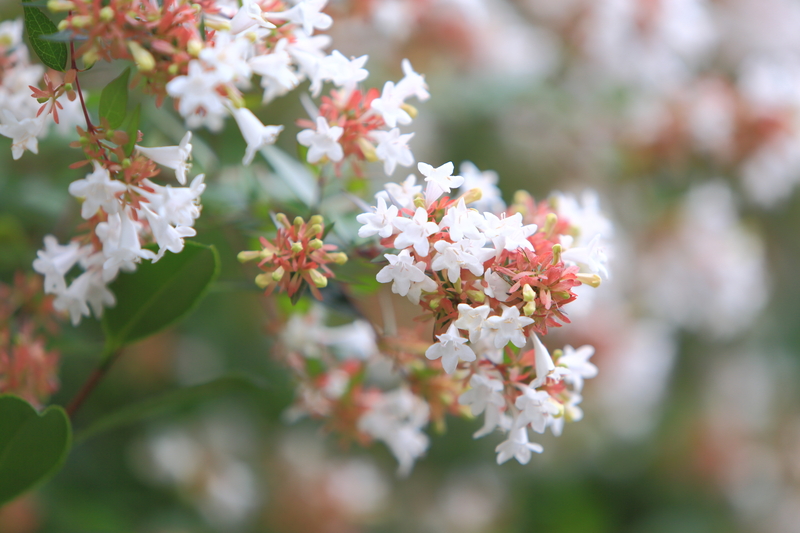Evergreen Climbers for Shade: Cultivating Green Sanctuaries in Shadow
Posted on 11/09/2025
Evergreen Climbers for Shade: Cultivating Green Sanctuaries in Shadow
Creating lush, verdant landscapes in shaded areas can be a challenging yet rewarding endeavor. Evergreen climbers are the ideal solution, offering year-round foliage and transforming dull, shadowy corners into vibrant green sanctuaries. Whether you have a shaded backyard or a garden partially obstructed by trees and buildings, these resilient plants will thrive and enhance your space with their natural beauty.
The Appeal of Evergreen Climbers
Evergreen climbers are particularly advantageous for gardens that suffer from limited sunlight. They are perfect for adding texture, depth, and color to shaded areas. Below are some reasons why these plants are a valuable addition:
- Provide consistent aesthetic appeal throughout the year.
- Offer privacy and can cover unsightly structures.
- Attract wildlife, including birds and beneficial insects.
- Reduce noise pollution and provide a tranquil environment.

Top Evergreen Climbers for Shade
1. Common Ivy (Hedera helix)
The Hedera helix, commonly known as Common Ivy or English Ivy, is a classic choice for shaded areas. It's an extremely hardy plant that can adapt to various conditions. This climber is renowned for its vibrant green leaves and can grow in dimly lit spots where other plants might struggle.
2. Japanese Honeysuckle (Lonicera japonica)
Japanese Honeysuckle boasts a delicate sweet fragrance that floats through the garden air. It's a vigorous climber that provides ample coverage and attractive yellow-white flowers. It can tame unruly spaces and flourish in full to partial shade.
3. Climbing Hydrangea (Hydrangea anomala subsp. petiolaris)
A slightly more unusual choice, yet extremely rewarding when established, the Climbing Hydrangea offers dramatic clusters of white blooms set against dark green foliage. This climber adds an element of intrigue to any shaded area or garden wall.
4. Evergreen Clematis (Clematis armandii)
The Evergreen Clematis is a standout climber for shade, appreciated for its fragrant white blooms and glossy leaves. Originating from China, this climber brings a touch of exotic elegance to covered and shaded spaces.

Cultivating Evergreen Climbers Successfully
When cultivating evergreen climbing plants in shaded gardens, some considerations will ensure their success and growth. Here are a few essential tips:
Understanding Your Shade
The intensity and duration of shade can significantly impact plant health. Different evergreen climbers have specific needs, so understanding your garden's shade patterns helps in selecting suitable varieties.
Soil Preparation and Compost
Good soil drainage and fertility are crucial for supporting the robust growth of climbing plants in shade. Enriching the soil with organic compost or well-rotted manure enhances its quality and provides essential nutrients.
Support and Training
Most climbers require some form of support for their vertical ascent. Trellises, wires attached to walls, or pergolas can guide growth and help plants establish themselves. Regular pruning and training keep their size under control and maintain shape.
Watering and Mulching
Ensuring adequate moisture is critical to the success of any evergreen climber. Applying mulch around the base helps retain soil moisture and regulate temperature, crucial aspects in shaded environments where water evaporation is lower.
Concluding Thoughts on Evergreen Climbers
Incorporating evergreen climbing plants into your landscape is an excellent strategy for revitalizing shaded areas. Beyond simply adding greenery, they create a diverse ecosystem that supports local wildlife and contributes to ecological health.
By choosing appropriate species and providing the right care, gardeners can enjoy a flourishing and enchanting green sanctuary. These climbing plants not only adapt to the limited sunlight, but they also enhance it with their persistent beauty and vitality, turning shadows into glowing hideaways of life and color.

